Make patterns and desings on your fabric
In my last post, I told you about a very classic way of adding a design or pattern to fabric: painting.
The nice thing about painting is that it's pretty much within everyone's reach. And you can applie it to just about any surface. I talked about fabric, but if you work with foam, worbla or sintra, it works too.
But the cool thing about working with fabric is that you have other options. Options that bring depth, a texture, a different style.
Here are some techniques I'm sure you'll find great to know about.

Appliqués
I really like using appliqués in my costumes.
I'm talking here about layering fabrics (or different materials) to create a design. Depending on your choice of material, it adds not just coulor contrast, but texture contrast as well. And you know me, I like to play with textures.
... by heat transfer
You know those sports sweater? That's what I'm talking about.
It's a thin vinyl, available in all kinds of colors*, and you even have different textures* . And as its name suggests, it is applied by heat transfer (with your iron). You can cut it by hand, but if you have a cutter (like Silhouette* or Cricut), even better. Because in this case, you can make more precise and more complex cuts.

The advantage: it's a super clean way to design.
The downside: the amount of color is not infinite.
... sewn
If you want to give your design a little more depth, you can opt for a sewn appliqué. I mainly use leatherette for this kind of design. Because it doesn't fray. So you can sew your appliqué raw edge (without finishing the edge).
If you want to use something else, felt is a good option for a more style cozy.
A little tip to keep your pieces in place while you sew: use spray glue*. It's super effective.
- No need to use a pin (because you don't want to put a hole in your leatherette)
- You have glue all the way to the edge of your appliqué (so it holds well and nothing stretches while you sew)
- It doesn't stay sticky (you can sew without any problem with your machine, without leaving residue on your needle)
Again here, I often use my Silhouette* to cut the pieces. It's faster and super accurate. But, it can be done by hand too. You just have to be a little more patient and take the time to cut your pieces delicately. Because, remember, we work raw edge, if you have a funny chisel cut in your room, there's nothing to hide it.

The advantage: the depth you can give with the thicknesses.
The downside: You can see the stitching that holds it all together. So it has to be impeccable.
Embroidery
The cool thing about embroidery is the texture it brings.There are different options (by hand, by machine), and you can even embed stuff in it (like sequins, beads, etc). To be quite honest, it's not the technique that I use the most, but I still wanted to take the time to talk to you about it, because it's not because I don't use it a lot that it's not worth it.
... by hand
It's not my specialty. Mainly, because I rarely had projects for which it was essential. But above all, because I don't have the patience... And since there's rarely just ONE right way to create a design on a fabric, I don't have the reflex to think about embroidery. Especially not by hand. I tend to find other techniques that speak to me more...
So, let me show you an example of an embroidery queen : Karine Dahan

The advantage: the magnificent textures and the very natural side.
The downside: the time it takes. even for someone experienced, it's quite a long process.
... by sewing machine
My own sewing machine doesn't do embroidery. But, there are several machines on the market that offer this option. I won't dwell on the subject, because I don't know anything about it. But if the idea of making more or less complex embroideries interests you, know that it exists. This should be taken into consideration if you plan to buy a sewing machine. If, like me, your sewing machine doesn't do this kind of thing, it doesn't matter. You still have options:
- You can have the embroidery done.
Small warning though, it's not cheap. Because you have to program the design and everything. You can't make this by snapping your fingers. But the result is pretty cool.
- You can also do a kind of semi-manual embroidery.
Let me explain:
If your design is simple enough, you can surely do something interesting with your machine. At a minimum, you should be able to do a tight zig zag stitch that allows you to make wide lines. If you have fancy points, you can probably do fancier stuff.
The idea is to draw a design on your fabric, then sew on it with your fancy stitch. I grant you, we are far from complex machine embroidery, but there is a way to do some pretty cool stuff.

The advantage: it's within your reach even with a basic sewing machine.
The downside: you still can't do anything.
In the seams
What I mean when I say "in the seams" is to integrate your design into your pattern. So, instead of painting or appliying a design after assembling your garment, you will create it inside. You follow me?
You have 2 ways to approach this technique:
- Either you "prepare a fabric". That is, you put pieces together to create a pattern. It can be as simple as putting the strips of different colors together if you haven't found the right striped fabric. But if you're motivated, you could also try an intricate kind of quilting to integrate stars into your fabric (why not!).
- Either you pattern your piece accordingly. In this case, you cut your pattern pieces to create the desired design.
The first technique allows you a little more latitude, but it usually takes a little more fabric. On the other hand, the second way of doing it is ideal if you create a particular design that matches the cut of the garment.

The advantage: The look integrated into the design.
The downside: It takes good precision when sewing.
- - - - - ✂✂✂ - - - - -
Now that you know a lot of techniques, you just have to decide which one is the most appropriate for your project. There are a few factors to consider:
The apparent texture of the original costume
Sometimes you can clearly see the texture of the pattern on a character's outfit (this is especially true for movie characters). In this case, do not hesitate to follow the inspirations. For a super organic design, hand or airbrush painting might be the best solution. Whereas if it's an symbol on a jacket, the appliqué is probably your best bet.
The style of the costume
It is certain that if you make the dress of a character from Game of Thrones, the embroidery is more likely to be in tone than the heat transfer appliqué. Right?
Your knowledge and experience
Here, I don't mean "just do what you know". But still rely on your experience. If you hate working with leatherette, try to find another material to make your appliqué. If you are not comfortable with a brush, opt for fabric markers. If you don't have the patience to embroider by hand, experiment with your sewing machine.
You can be super comfortable doing stuff you don't know. And that's awesome.
And then if you are less comfortable with unknown techniques… Practice! It's as simple as that. The technique will become less and less unknown.
But ultimately, the most important thing is: what interests you. Because heck, the idea behind it all is to have fun, right?
We'll talk soon.
in the meantime... Keep on crafting!
🤓✂🐙


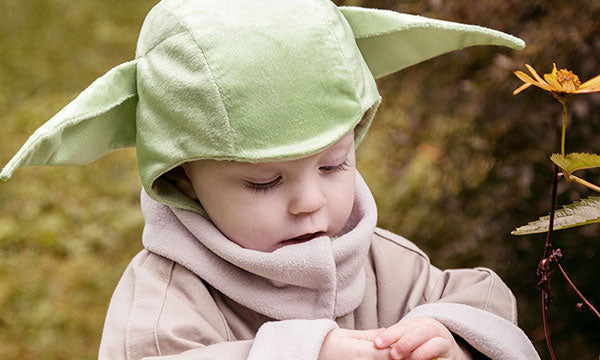
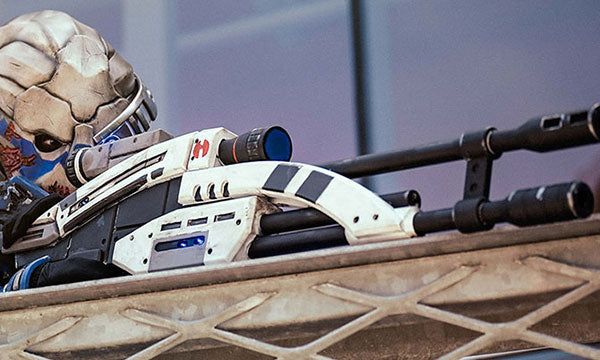

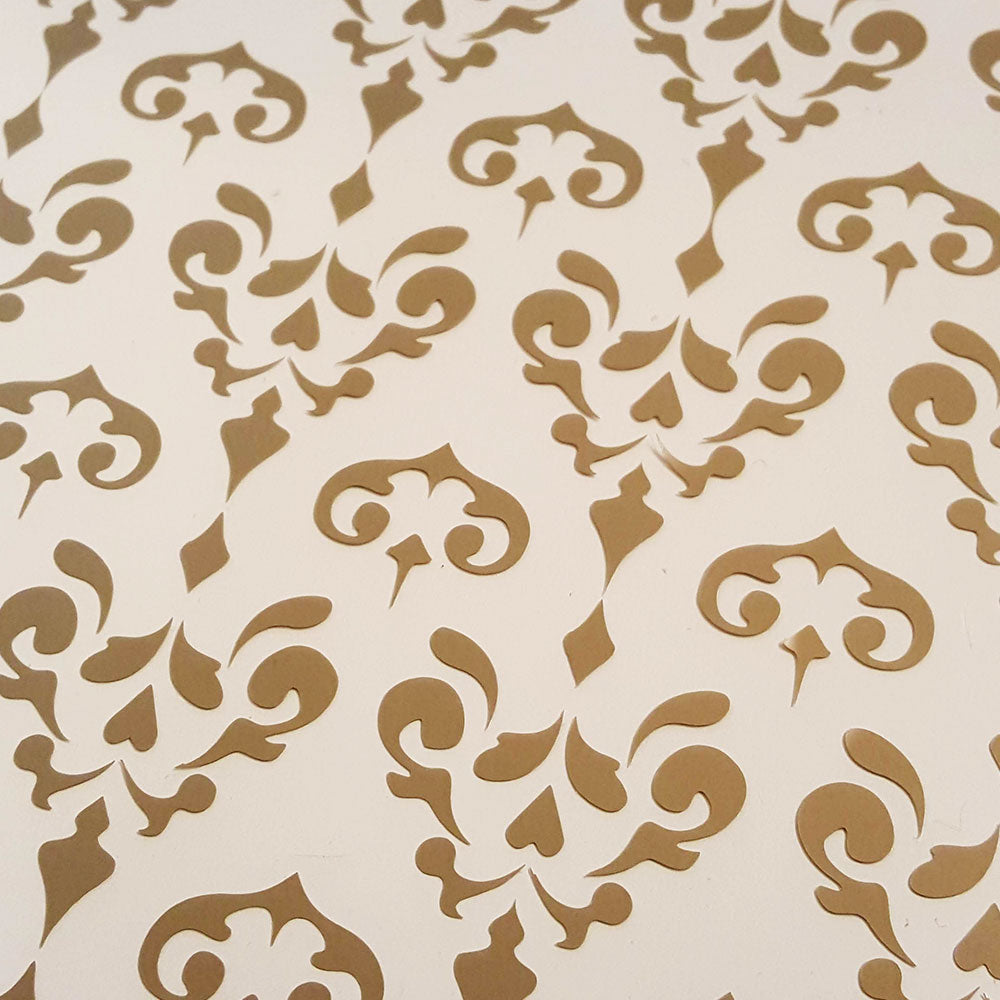
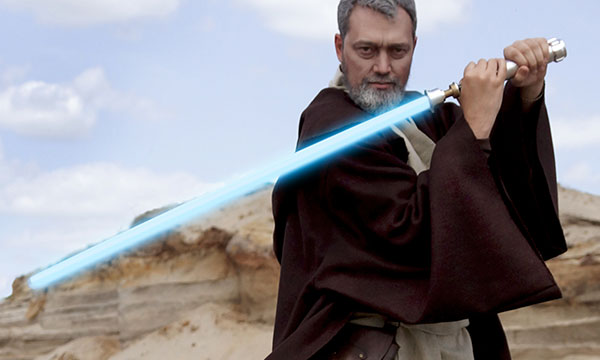
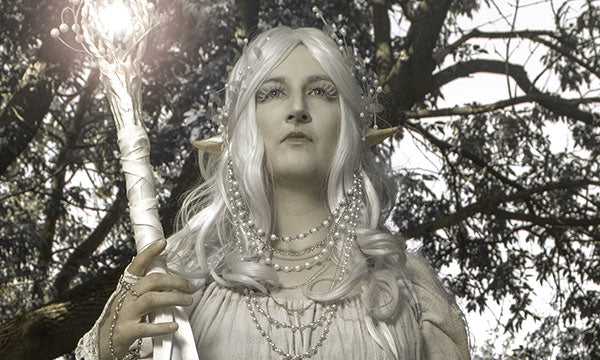
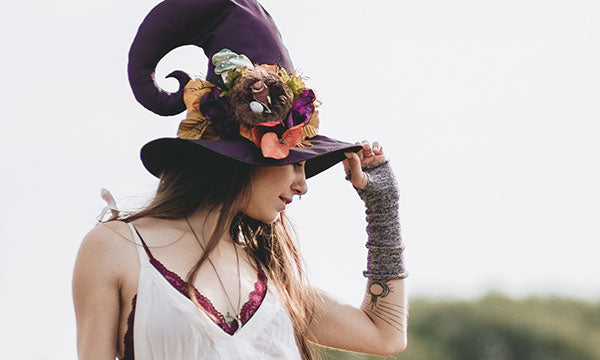
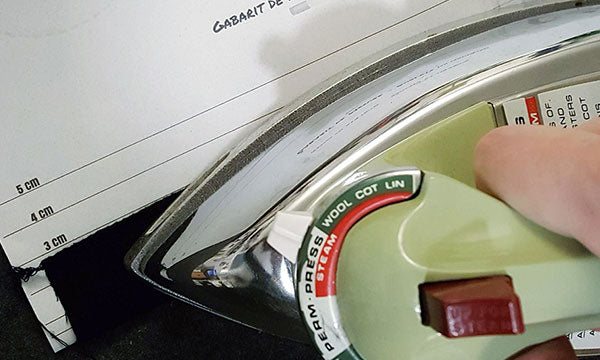
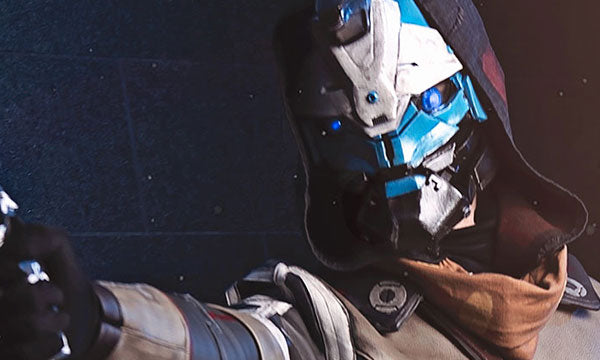
Leave a comment